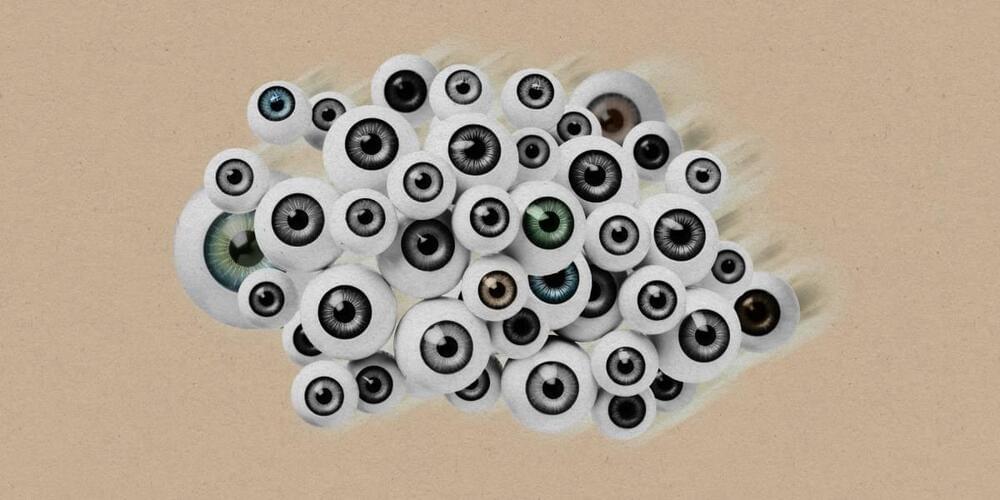The new feature is part of a round of updates for OpenAI’s app, including the ability to answer questions about images.
First, ChatGPT now has a voice. Choose from one of five lifelike synthetic voices and you can have a conversation with the chatbot as if you were making a call, getting responses to your spoken questions in real time.
ChatGPT also now answers questions about images. OpenAI teased this feature in March with its reveal of GPT-4 (the model that powers ChatGPT), but it has not been available to the wider public before. This means that you can now upload images to the app and quiz it about what they show.







